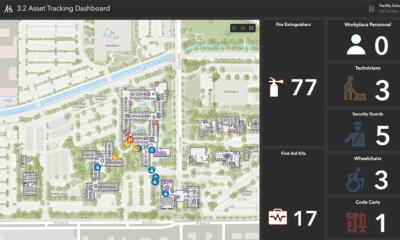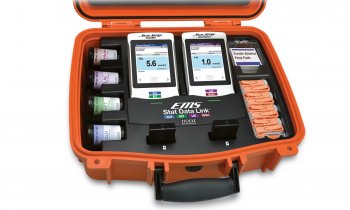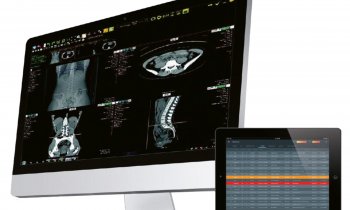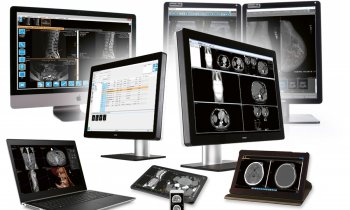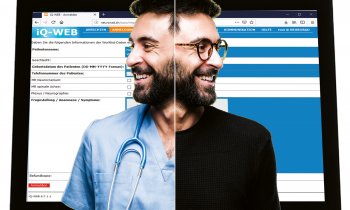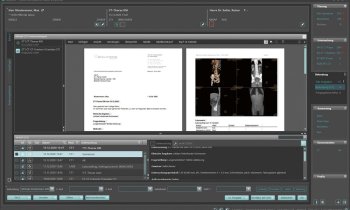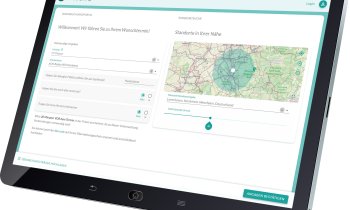IT for cardiovascular workflow
Leading representatives of the Bush administration are politicising IT systems as a cornerstone for the revision of US healthcare. Updated technology is seen as mandatory for the future of healthcare, by improving chronic disease management, increasing disease prevention efforts, and the sustainability of the health insurance system.
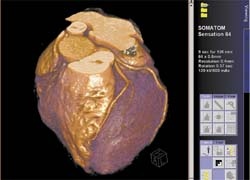
Former nurse, Sandra Vogeler has seen positive results from the use of advanced IT systems in cardiovascular medicine, for example. With a master’s degree in public health, she lead operations at Nebraska Heart Institute Heart Hospital, and now heads a division at Siemens Medical (Malvern, Pennsylvania) that specialises in IT solutions for cardiovascular medicine, for which the acquisition and integration of images into a single operating system is a big challenge.
‘Traditionally, many cardiovascular departments don’t use a PACS. They save images on hard media - film, CDs or tape - the latter to store echo images.’ She believes that significant productivity gains could be achieved by enhanced workflow automation. IT Solutions exist that provide PACS, enabling sites to profit from a far more automated and smooth process, from image capture to integration of data from various equipment into a single powerful IT system. This major function, which she refers to as ‘managing the media’, saves physicians’ time by presenting the most holistic patient picture to enable accurate diagnosis and treatment planning. ‘Physicians can do a much more representative, in-depth report in Soarian Cardiology, which lets them view the entire longitudinal cycle of a patient. They see all the lab results, all the documentation, as it’s rolled out to begin to comprise the full, cross-modality holistic picture of those studies.’
In addition, inventory management, documentation of supplies for treatments, plus billing, can be dealt with in a single, automated entry, thus releasing scarce clinical staff to tend patients.
When the South Carolina Heart Centre, an outpatient facility in Columbia, used IT systems for chronic disease management, the re-admission rate for congestive heart failure patients fell by 75% - a good example of success.
01.06.2006





